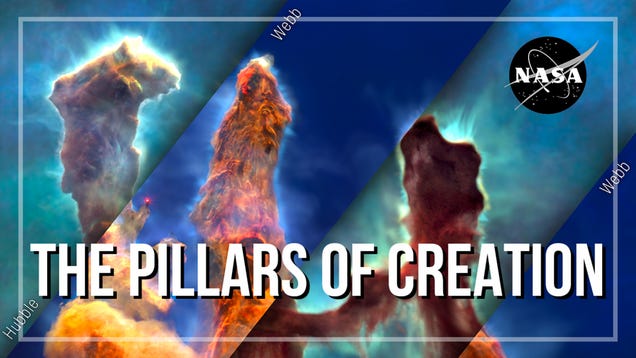
The shimmery towers of cosmic dust and gas at the heart of the Eagle Nebula have inspired awe for decades since they were first captured by the Hubble telescope.

The shimmery towers of cosmic dust and gas at the heart of the Eagle Nebula have inspired awe for decades since they were first captured by the Hubble telescope.
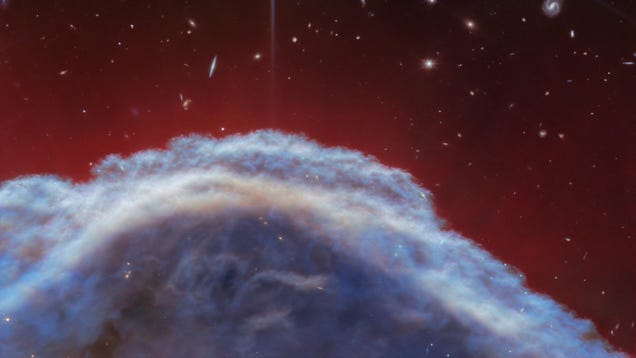
The Webb Space Telescope has given us another cosmic treat. The young observatory captured a closer look of the ethereal clouds of dust and gas that form a nearby nebula, illuminated by a companion star in the constellation Orion.

You’ve gotta hand it to Marvel Studios: it sure knew how to make its movies feel like big events back in the day.
NASA/ESA/CSA/STScI/Webb ERO Production Team. Image processing: Joseph DePasquale (STScI), Alyssa Pagan (STScI), Anton M. Koekemoer (STScI), Mahdi Zamani (ESA/Webb).
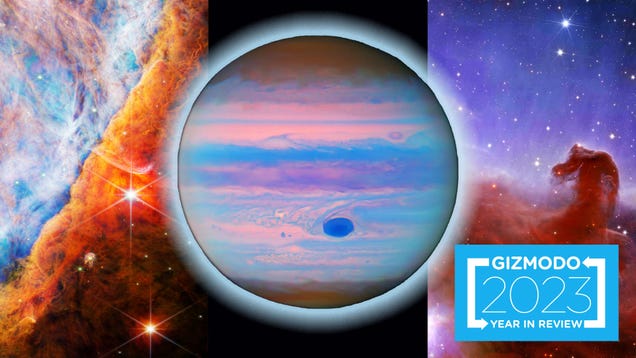
Space is an inky black yonder... but for the countless light sources that pepper the billions of light-years that human instruments can see. Thanks to ground-based telescopes and observatories parked millions of miles from Earth, 2023 has been a terrific year for space imagery. Astronomers captured fascinating new…
European Space Agency/Euclid Consortium/NASA; image processing by J.-C. Cuillandre, G. Anselmi
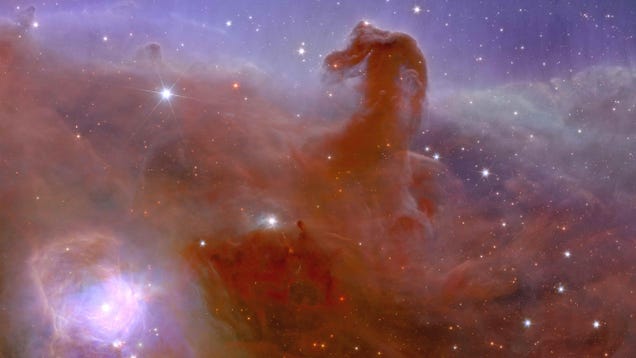
Earlier this morning, ESA released the Euclid space telescope’s first scientific images, offering a glimpse into its mission to explore the “dark universe”—the mysterious 95% of the cosmos made up of dark matter and dark energy.
Hubble Image: NASA, ESA, J. Hester, A. Loll (Arizona State University); Webb Image: NASA, ESA, CSA, STScI, T. Temim (Princeton University).
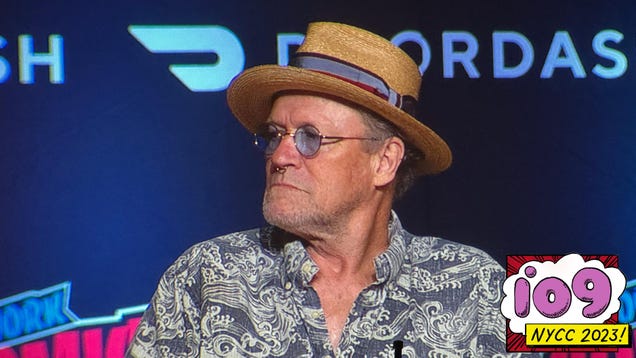
Supporting himself with a cane, Michael Rooker still managed to grab hold of the spotlight on stage at New York Comic Con along with his fellow stars of
The Chandra X-ray Observatory didn’t exist in 1838, when the Eta Carinae star system started to brighten as it ejected material in an event named the “Great Eruption.” But traces of the eruption remain, and a timelapse has now been created by compiling 20 years of the space telescope’s data to sho